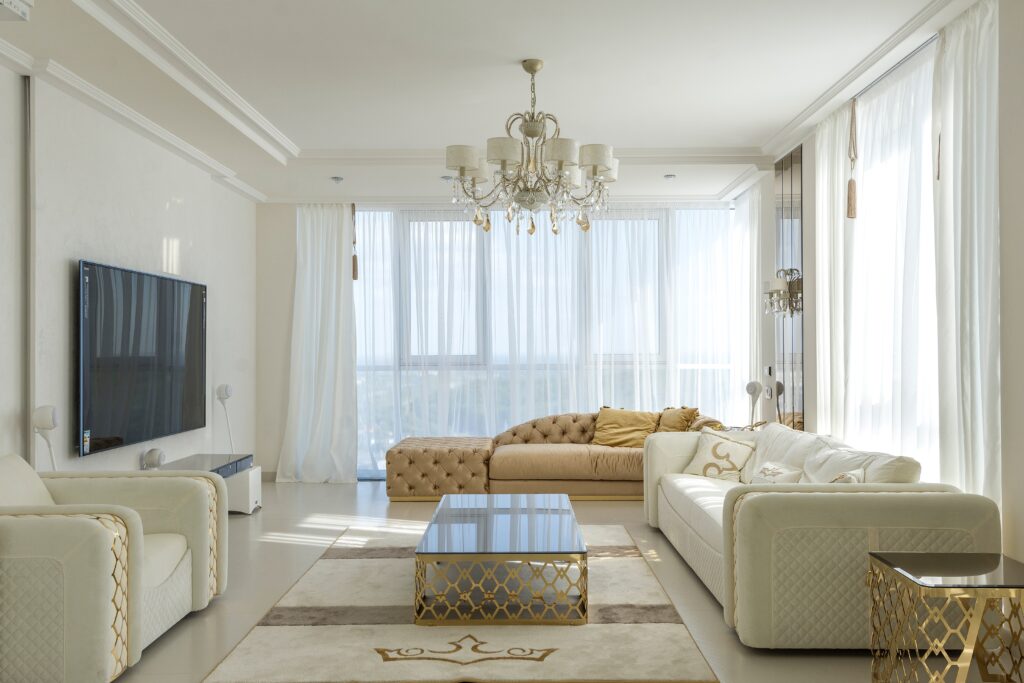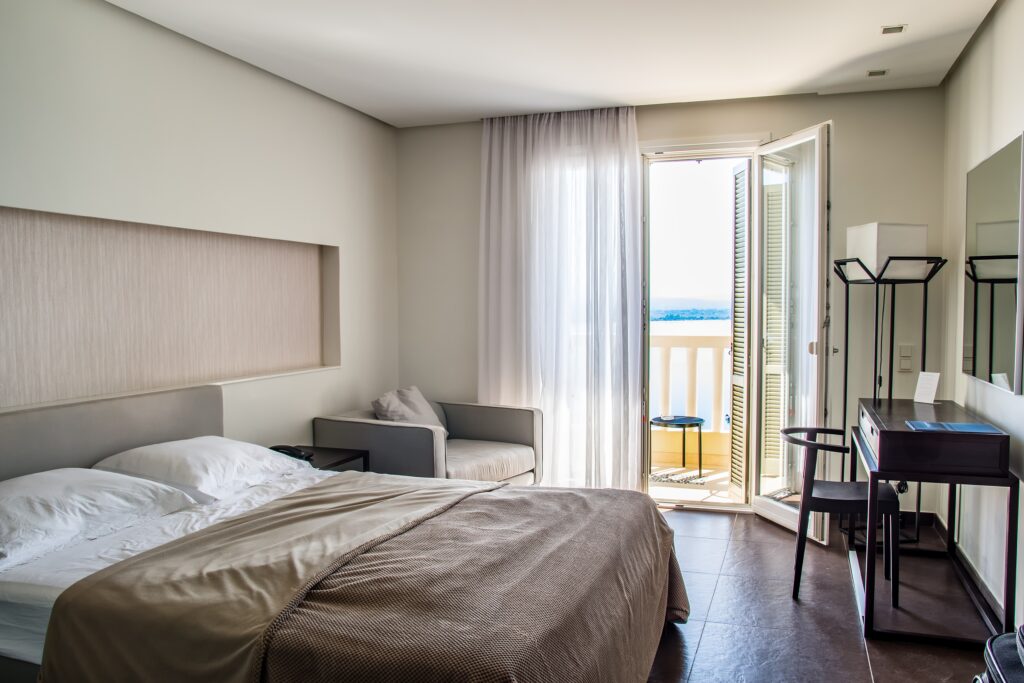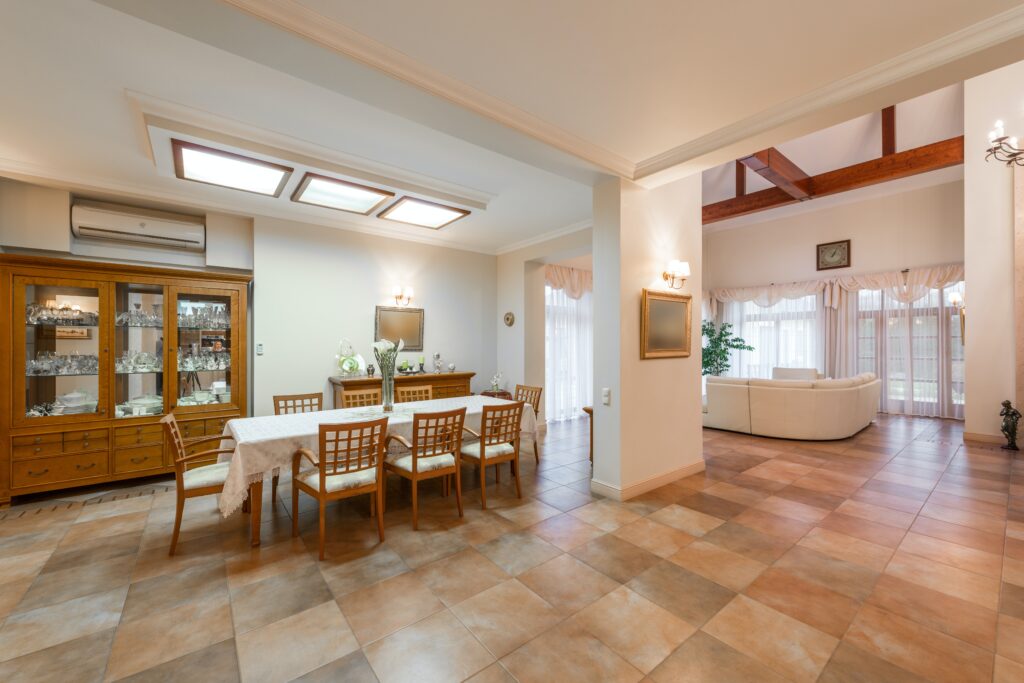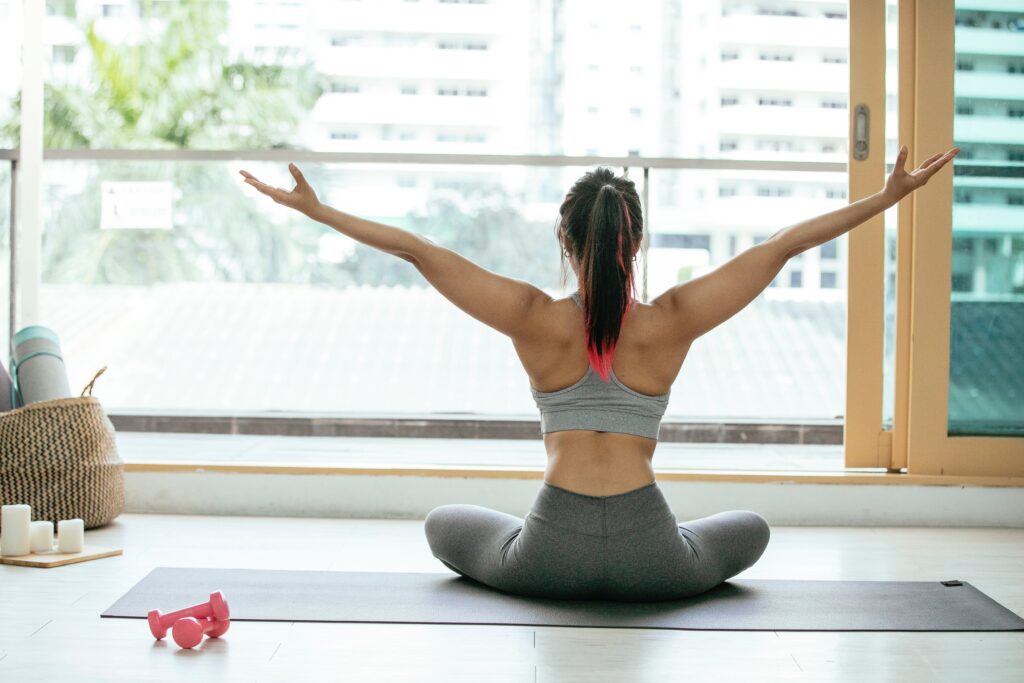Vastu for a Positive Home: Creating Harmony and Good Vibes
When we step into a house, we desire more than just walls and a roof; we yearn for a sanctuary that exudes positive energy and fosters a sense of well-being. Traditional beliefs suggest that every home possesses its own unique energy, which influences the individuals residing within its confines. This intricate relationship between our abodes and the ancient healing art of Vastu is crucial in nurturing positivity and inviting good vibes into our lives.
The principles of Vastu Shastra, an age-old guide for a positive home, extend their influence from the entrance to every nook and cranny, including the bedroom, kitchen, bathroom, outdoor spaces, and courtyard. By adhering to a few basic Vastu-Shastra principles, we can align our homes with the natural flow of energy, thereby creating an environment that resonates with harmony and emotional well-being.
What Vastu suggest on shape of the rooms?
Vastu-Shastra suggests that rooms ideally take on the form of squares or rectangles, as perceiving harmony and balance begins with the very contours of our living spaces. The rooms should embrace ample natural light, ensuring they remain airy and pristine, which encourages a tranquil atmosphere conducive to emotional harmony.
Main entrance as per Vastu
The main entrance, often referred to as the doorway to our lives, plays a pivotal role in Vastu. To optimize the flow of positive energy, the main door should ideally face the north, east, or northeast direction. This positioning symbolizes an entryway to victory and progress in life. Crafted with superior quality wood, the main door stands as a beacon of charm and allure. To ensure an unobstructed pathway for energy, it is advised to avoid placing fountains, shoe racks, or dustbins near the main entrance. Bathrooms should also be kept at a distance from this important area.
Vastu for Living Room
The living room, a social hub within any home, requires careful attention to ensure it radiates positive energy. Welcoming guests and fostering a favorable first impression, this space thrives when devoid of clutter. Ideal orientations for the living room include east, north, northeast, or even northwest-facing arrangements. Placing heavy furniture in the west or southwest direction enhances a sense of stability, while electronic appliances find their rightful place in the southeast section.

Vastu for Dining Hall
Moving on to the dining hall, the west zone is considered the best spot for its location. However, if circumstances dictate otherwise, north, east, or south directions can be considered, but the southwest zone should be avoided at all costs. A Vastu compliant dining area contributes to a nurturing environment for family meals and gatherings, enhancing positivity and connection.
Vastu for Courtyard (Epicenter of Home)
Within the holistic framework of Vastu, the courtyard emerges as a cosmic center, radiating limitless energy. Known as the Brahmasthan, this sacred space demands meticulous attention to detail. Ensuring its cleanliness and freedom from obstruction allows the energy to flow unencumbered. Care must be taken to avoid placing the kitchen, bathroom, or pillars/ beams in this central zone, as they may inadvertently attract negative energy that could impact the well-being of our loved ones.
Vastu for Pooja room or Temple
In India, the temple at home, also known as the mandir/ Pooja room, is a sacred place where we worship God. Vastu-Shastra lays out standards for house design and room location, including the ideal direction for a temple in the residence. According to Vastu-Shastra, the mandir orientation in the home and the temple area can provide health, wealth, and happiness to the house and its people. Each orientation has its own meaning and cosmic force, according to Vastu-Shastra.
According to Vastu Shastra, the northeast direction, or Ishan kona, is the finest direction for placing the mandir or temple at home.
Vastu for Meditation room
For those seeking moments of solitude and spiritual growth, a meditation room becomes an essential component of a Vastu-compliant home. Choosing the east or northeast side of the house allows for optimal alignment with cosmic energy. Facing east while meditating amplifies positive energy, while the presence of a sacred altar adorned with candles and incense creates an atmosphere conducive to introspection and spiritual connection.
Vastu for Bedroom
As we retire for the day, the bedroom assumes a crucial role in nurturing our well-being and relationships. Vastu advises us to position the bedroom in the south-west direction, promoting good health and prosperity. Placing the bed in the southwest corner, with the head facing west, enhances the energy of stability and restful sleep. Mirrors and televisions facing the bed should be avoided, as they can disrupt harmony. Soft, neutral colors on the walls foster a sense of calm, while religious symbols or water-related artwork should be reserved for other spaces within the home.

Vastu for Bathroom and Toilets
Designing bathrooms and toilets with Vastu principles in mind is equally important. Placing them in the northwest zone ensures harmony, while avoiding the southwest direction mitigates potential negative influences. Pastel shades complement the bathroom’s atmosphere, and the choice of a wooden door over a metal one contributes to a more uplifting ambiance. If unavoidable, utilize Vastu remedies such as placing a Vastu pyramid outside the toilet wall or keeping the door closed at all times.
The entrance door of the toilet should align with the Northern or Eastern wall. Position the toilet seat in the Northwest or Southeast direction, ensuring the person faces either the West or East while sitting. Windows in the bathroom or toilet should be located on the West, East, or North sides. Place your bathroom shower or washbasin in the Northeast, North, or East corners. Ensure that the bathroom or toilet does not share a wall with the kitchen or pooja room. The bathroom pipeline outlet should face the East or North direction.
Hang mirrors in the bathroom or toilet in the East or North direction, following the same rule for the washbasin. Opt for light pastel shades such as light blue, pink, or grey, as per Vastu. These colors promote a harmonious ambiance.
Placement of heavy furniture and staircase
As we delve deeper, we encounter the significance of furniture placement within our homes. Heavy furniture, such as beds and cupboards, should find their place in the southwest direction, anchoring the energy of stability and grounding. Additionally, constructing staircases in the south-west direction imparts a sense of elegance and offers an opportunity for smooth transitions between different levels of the house. Even the placement of the staircase within our homes carries significance in Vastu-Shastra. The northeast zone, however, should be avoided when determining the location of the staircase.

Vastu for storage rooms
Lastly, the storage room, often the repository for items we rarely use, should be situated in any direction except the northeast corner. Removing excess clutter and letting go of unused belongings releases stagnant energy and invites freshness into our lives.
Ventilation and natural light
Throughout our homes, proper ventilation and an abundance of natural light are key considerations. Regular sunlight and fresh air invigorate the flow of positive energy, infusing our spaces with a sense of vitality and well-being. By carefully selecting colors that align with Vastu principles, such as white, yellow, pink, coral, green, orange, or blue, we can provide our homes with an aura of positive vibrations.
It is stated that if none of your rooms are vastu compliant, but fresh air and natural sunlights come in through any of the doors, balconies, or windows, it will neutralise 50-70% of the adverse Vastu effects.

Unlock the Positive Energy in Your Home with Vastu
A house is more than just bricks and mortar; it is a sanctuary that should exude positive energy. Ancient wisdom tells us that every home possesses its unique energy, shaping the lives of its inhabitants. Understanding the profound connection between the ancient healing art of Vastu and our homes becomes crucial in cultivating an environment of positivity and harmonious vibes.
Vastu Colors: Infuse Your Home with Vibrancy
Colors play a significant role in Vastu for home. Embrace the wisdom of Vastu by adorning your home with colors that evoke positive vibes. Avoid dark hues and instead opt for shades such as white, yellow, pink, coral, green, orange, or blue, harnessing the power of color psychology to uplift your living spaces.
Conclusion
Incorporating Vastu Shastra concepts into your house design will dramatically improve the good energy and harmony in your home. You can create an environment that encourages well-being, prosperity, and spiritual progress by aligning each space according to Vastu rules. Every area of your home, from the entryway to the bedrooms, kitchen, bathrooms, and even the storage room, may be optimised to harness cosmic energy and create a refuge of optimism. Embrace the transforming power of Vastu Shastra to realise your home’s full potential as a source of riches, tranquilly, and pleasure. May your path to a Vastu-compliant home be blessed with prosperity, harmony, and spiritual enlightenment.
Read more articles:
- How to find right builder or developers for your next home
- 15 reasons youth should always buy home and ditch renting
- Want early financial freedom ? Bet on real estate
FAQ
What is the perfect Vastu for home?
To ensure the best vastu for the property, the greatest direction to do so is north-east. It is Lord Shiva’s domain and thus denotes divinity. Praying in this zone can assist you in connecting with divine energy. This configuration is recommended for all homes, regardless of their orientation.
Which God photo to keep in living room?
Radha Krishna paintings, according to Vastu, should be maintained in the living room and bedroom. It is best to put a Radha Krishna photo in the bedroom of newlyweds. The ideal spot to hang a Radha Krishna photo is in the room’s north-east corner. The photo of Lord Hanuman should face south.
Can we ignore Vastu defects?
Experts advise homeowners not to neglect Vastu flaws that do not necessitate structural improvements, since these can be remedied by making interior changes.

